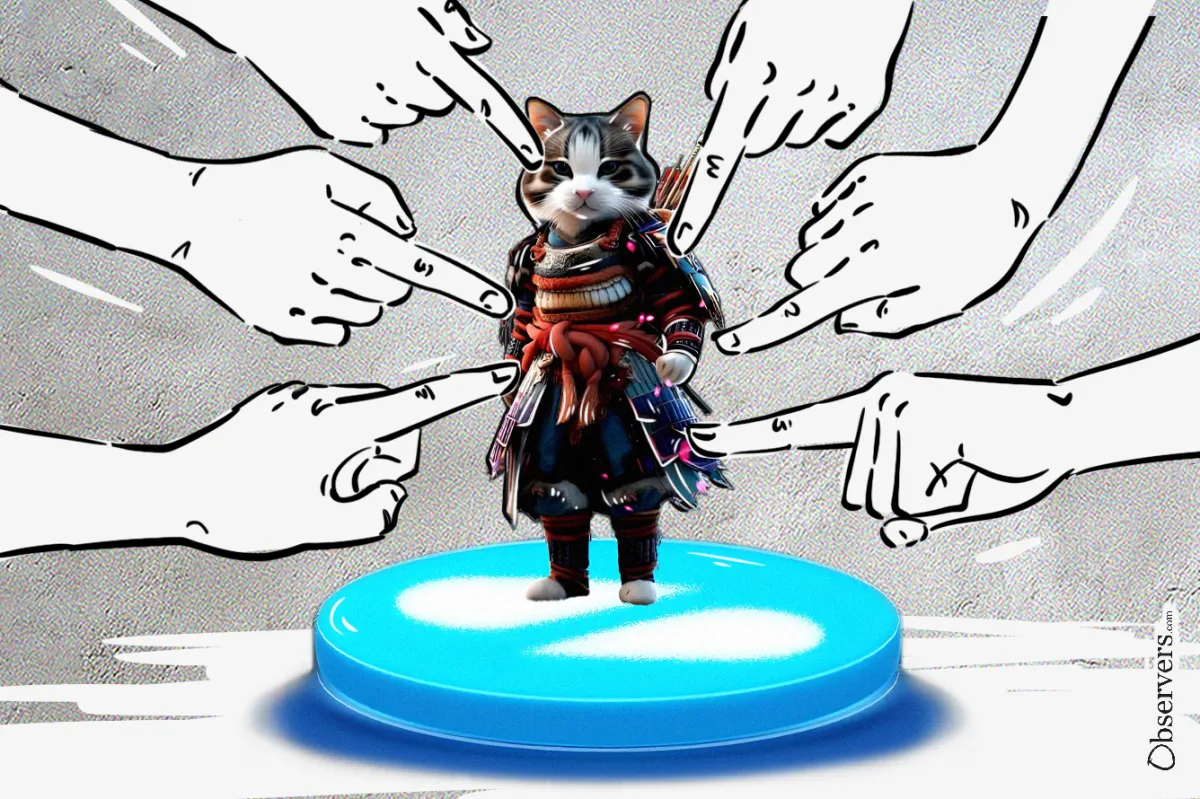
Telegram’s ecosystem is buzzing with mini-games, and one of the newest arrivals is Meowfi — a playful, cat-themed tapper game that mixes simple mechanics with a crypto twist.
The design is lighthearted, the interface feels polished, and it builds on the familiar rhythm that made earlier hits like Hamster Kombat go viral: tap to earn, complete tasks, grow your in-game balance.
Where Meowfi adds a distinctive layer is in its partnership approach. The game integrates branded missions, where users can subscribe to channels or register for platforms in exchange for tokens. Observers recently partnered with Meowfi, adding a task for players to subscribe to our Telegram channel — an experiment in how these mechanics can extend beyond clicks into actual community-building.
Tap to Earn, Tap to Dream: How Telegram’s Viral Games Work
In these games, it begins with a tap.
That single gesture — repeated thousands of times — has turned Telegram “tapper games” into one of the most viral crypto-adjacent phenomena of 2024–25. Hamster Kombat alone claimed more than 200 million players at its peak, spreading like wildfire through chat groups and family circles. The pitch was irresistible: tap, complete simple missions, and watch your in-game balance climb into the millions.
But for most, those “millions” translated into little more than a few dollars. The dream of frictionless money never materialized.
The secret to their scale is also their fatal flaw: onboarding is almost too easy. Unlike downloading a DeFi app or wrestling with a wallet, a Telegram tapper game lives right inside the messenger. There’s no registration pain, no steep crypto learning curve. A couple of taps and you’re “earning.” That frictionless funnel made them a gateway drug for crypto platforms hungry for exposure.
The games themselves, however, don’t print real value. They monetize on the other side. A crypto exchange or wallet project can buy placement inside the game: a “mission” might tell players to register, download, or verify an account. The exchange pays the game for the exposure, the game rewards players with in-game tokens, and demand for those tokens briefly spikes. In theory, everybody wins.
In practice, however, almost nobody does.
Players find themselves holding tokens that inflate faster than demand can keep up. With millions of accounts farmed daily, the supply curve bends vertically. Few genuine “sinks” exist for those tokens, so liquidity dries up. A handful of early sellers may cash out, but once the hype fades, balances are left stranded on the screen.
Even the marketing partners often regret it. An exchange may pay to acquire hundreds of thousands of new accounts, only to discover that most are low-value: users who came for the tap-to-earn bonus, not to trade. Retention evaporates the moment tasks run out.
What looks like mass adoption is, in reality, a mirage. The mechanics resemble a gamified Mechanical Turk — millions of people performing repetitive microtasks for pennies, while the platform and its paying partners capture the upside.
Hamster Kombat’s trajectory exposed the pattern most clearly. Despite its eye-popping user base, cash-outs averaged just a few bucks. For a generation promised “the next billion users in Web3,” it was a sobering lesson. Scale without depth, clicks without commitment, and tokens without utility don’t build sustainable ecosystems.
Will Meowfi Be Different?
That’s the challenge Meowfi now faces: can it break the cycle? By leaning into design, partnerships, and a community-driven approach, the game is signaling that it wants to go beyond disposable clicks.
Behind the scenes, Meowfi is tied to TONSWAP, a planned decentralized exchange on the TON blockchain. Seen from that angle, the game looks less like a standalone curiosity and more like a clever marketing experiment — a way to seed an initial user base ahead of a Ton-based DEX launch. If it works, the millions of taps could one day convert into liquidity providers and traders, not just passive clickers.
For Observers, this partnership is an experiment — not just to test whether tapper mechanics can bring people into our Telegram channel, but to see whether Meowfi can sustain interest without falling into the same inflationary trap as its predecessors.
The tapper genre has shown what doesn’t work. Now the question is whether Meowfi — and the projects it collaborates with — can prove that a simple tap can lead to something more.

